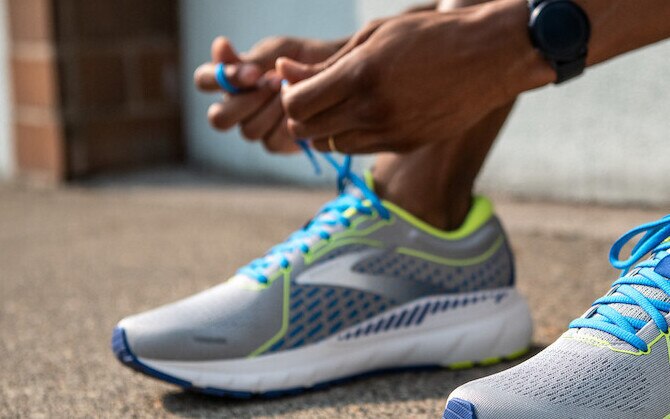What are running shoes?

In the simplest of terms, running shoes are shoes that are specifically designed to meet the unique needs of a runner. But what does that mean? Why can't you turn those beloved sneakers into running shoes just by, well, running in them?
Impact forces and running form
Despite what it might look like, running is not just fast walking. Consider two key differences:
- When you walk, the impact forces on your legs are roughly equal to your body weight. When you run, however, those impact forces multiply and your joints have to support several times your body weight, according to the Journal of Strength and Conditioning Research. A Brooks study found a similar result: Running produces forces 2.5 times your body weight at impact.
- Then there's running form. There's a big difference in how your feet strike the ground when you're walking versus running. Plus, everyone's form is different. The amount of cushion needed and where that cushion goes will vary for each runner. Some runners might also need more support around their ankles or a special type of insole.
Your everyday walking shoes just aren't designed to address these things, but running shoes are built with these factors in mind. You can even find different types of running shoes that are tailored to your body's needs.
Find the right shoes for you.
You and your fave kicks don't need to break up; just leave them behind for the run. (Absence makes the heart grow fonder, right?) Before you head out the door or jump on the treadmill, consider how a pair of running shoes can keep you running safely and happily for many kilometres ahead. Trust me: once you find the right shoes for you, you won't want to turn back.
Our writer's advice is intended for informational or general educational purposes only. We always encourage you to speak with your physician or healthcare provider before making any adjustments to your running, nutrition, or fitness routines.

